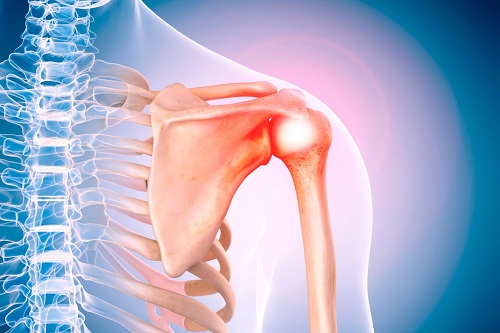Labrum Repair

The repair of a shoulder labral tear is typically a one-hour outpatient surgery. Our orthopedic surgeons, who are fellowship-trained and recognized internationally, usually opt for arthroscopic surgery, or arthroscopy. This technique involves making three to four small cuts rather than a single large one, promoting quicker healing and recovery.
Through one of these small incisions, a diminutive camera is inserted, granting the surgeons a clear view of the shoulder joint, the torn labrum, adjacent ligaments, and the repairs being made.
Post-operation, it might be necessary for you to use an arm sling to support and rest the shoulder, generally for a duration of four to six weeks. Participating in physical therapy is a critical component of the rehabilitation process, helping in the restoration of strength and movement.
What is the function of the labrum?
The labrum serves two primary functions within the shoulder joint. Firstly, it enhances the depth of the socket, ensuring that the ball remains securely in place. Visualize the shoulder joint like a beach ball resting on a dinner plate: the ball of the humerus (the “beach ball”) is considerably larger than the flat socket (the “dinner plate”). Ligaments act as tethers between bones, aiding in stabilizing the joint by holding the ball within the socket. However, the labrum also plays a crucial role in this stabilization process.
Comprised of dense tissue or cartilage, the labrum is affixed to the rim of the socket, effectively creating a cushion or bumper that deepens the socket and maintains the position of the ball. In instances where the labrum is insufficient in size or has been torn due to injury, the ball may partially slide out of the socket (subluxation) or completely dislocate from it. The labrum encircles the socket entirely and is typically firmly attached to the bone. Recent advancements in specialization have enabled experts to discern between normal variations and areas indicative of labral tearing.
How is the recovery from labrum surgery?
Recovery from a labral tear in the shoulder is influenced by various factors, including the location and severity of the tear, as well as the effectiveness of the surgical repair. Typically, it is expected that the labrum will take around four to six weeks to reattach itself securely to the bone’s rim. Following this initial healing period, an additional four to six weeks may be necessary for the labrum to strengthen. During the healing process, it’s crucial for the labrum to be subjected to stress very gradually to build its strength without risking re-injury.
The extent of permissible arm movement and strengthening exercises post-surgery is determined by a range of factors, and your surgeon will provide guidance on your specific limitations and the pace at which you can progress. Given the differences in injuries and the surgical techniques employed, predicting the exact timeline for returning to sports and activities can be challenging. The nature of the sport also plays a significant role, with contact sports posing a higher risk to the integrity of the labrum repair.
Nevertheless, the majority of patients experience full functionality of the shoulder post-repair, and most are able to resume their prior athletic activities with minimal or no restrictions.
